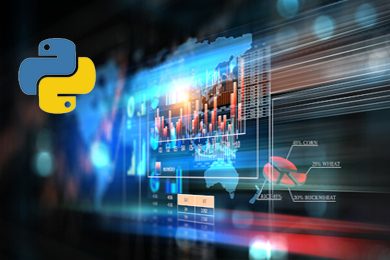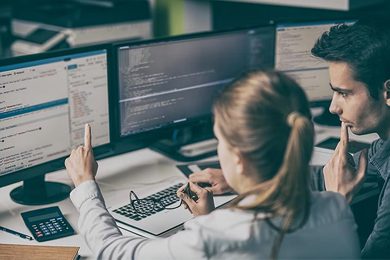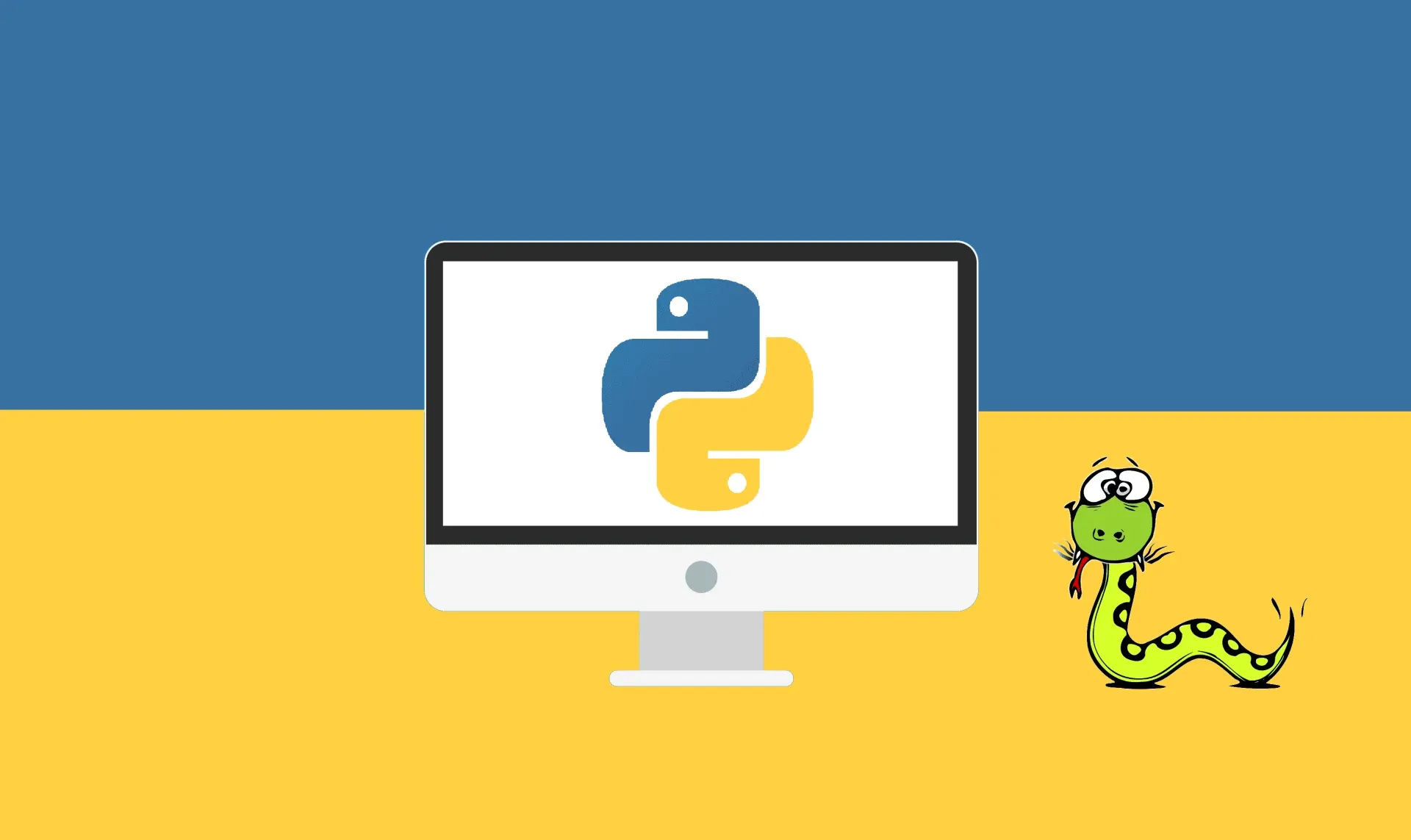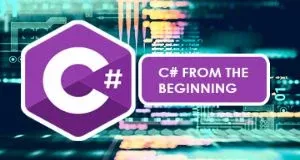This plan includes
- Limited free courses access
- Play & Pause Course Videos
- Video Recorded Lectures
- Learn on Mobile/PC/Tablet
- Quizzes and Real Projects
- Lifetime Course Certificate
- Email & Chat Support
What you'll learn?
- Python Libraries - Pandas, Matplotlib, Numpy
- Python Programming Language
- Basic Data Science
- Data Analytics Projects solved with Python
- All projects are Solved, and available with Python Source Codes files & dataset files
- These projects can be used in Resume/CV, college submission
Course Overview
In this course, we have uploaded 8 Data Analytics Projects, solved with Python.
These projects can used if you are looking for a starting level job as a Data Analyst.
If you are a student, you can use these projects to submit in college/institute.
The source codes and datasets files are available to download.
All the projects are created with a very easy explanation.
We have mainly used the popular Python Pandas Library, along with Matplotlib to solve these projects.
Kindly subscribe 'Data Science Lovers' on YouTube and show your support.
To buy our Data Analyst Study Material , you can mail us at [email protected]
The projects are :
-
Project 1 - Weather Data Analysis
-
Project 2 - Cars Data Analysis
-
Project 3 - Police Data Analysis
-
Project 4 - Covid Data Analysis
-
Project 5 - London Housing Data Analysis
-
Project 6 - Census Data Analysis
-
Project 7 - Udemy Data Analysis
-
Project 8 - Netflix Data Analysis
Some basic examples of commands used in these projects are :
* head() - It shows the first N rows in the data (by default, N=5).
* shape - It shows the total no. of rows and no. of columns of the dataframe
* index - This attribute provides the index of the dataframe
* columns - It shows the name of each column
* dtypes - It shows the data-type of each column
* unique() - In a column, it shows all the unique values. It can be applied on a single column only, not on the whole dataframe.
* nunique() - It shows the total no. of unique values in each column. It can be applied on a single column as well as on the whole dataframe.
* count - It shows the total no. of non-null values in each column. It can be applied on a single column as well as on the whole dataframe.
* value_counts - In a column, it shows all the unique values with their count. It can be applied on a single column only.
* info() - Provides basic information about the dataframe.* size - To show No. of total values(elements) in the dataset.
* duplicated( ) - To check row wise and detect the Duplicate rows.
* isnull( ) - To show where Null value is present.
* dropna( ) - It drops the rows that contains all missing values.
* isin( ) - To show all records including particular elements.
* str.contains( ) - To get all records that contains a given string.
* str.split( ) - It splits a column's string into different columns.
* to_datetime( ) - Converts the data-type of Date-Time Column into datetime[ns] datatype.
* dt.year.value_counts( ) - It counts the occurrence of all individual years in Time column.
* groupby( ) - Groupby is used to split the data into groups based on some criteria.
* sns.countplot(df['Col_name']) - To show the count of all unique values of any column in the form of bar graph.
* max( ), min( ) - It shows the maximum/minimum value of the series.
* mean( ) - It shows the mean value of the series.
Pre-requisites
- Beginners Friendly Projects - Required only basic Python language knowledge
- You can use Jupyter notebook, Google Colab etc to run the python code
- All datasets & source codes are available to download with this course
- This course is for beginners as well as intermediate level ... You will enjoy it
Target Audience
- Beginners looking for job as a Data Analyst
- Students searching for projects to submit in college/institute
- Anyone interested in Data Science and Data Analytics
Curriculum 16 Lectures 00:00:12
Section 1 : Python Data Analytics Projects
- Lecture 2 :
- Project 2 - Cars Data Analysis
- Lecture 3 :
- Project 3 - Police Data Analysis
- Lecture 4 :
- Project 4 - Covid-19 Data Analysis
- Lecture 5 :
- Project 5 - London Housing Data Analysis
- Lecture 6 :
- Project 6 - Census Data Analysis
- Lecture 7 :
- Project 7 - Udemy Data Analysis
- Lecture 8 :
- Project 8 - Netflix Data Analysis
- Lecture 9 :
- Quiz : Project 1 - Weather Data Analysis
- Lecture 10 :
- Quiz : Project 2 - Cars Data Analysis
- Lecture 11 :
- Quiz : Project 3 - Police Data Analysis
- Lecture 12 :
- Quiz : Project 4 - Covid-19 Data Analysis
- Lecture 13 :
- Quiz : Project 5 - London Housing Data Analysis
- Lecture 14 :
- Quiz : Project 6 - Census Data Analysis
- Lecture 15 :
- Quiz : Project 7 - Udemy Data Analysis
- Lecture 16 :
- Quiz : Project 8 - Netflix Data Analysis
Our learners work at
Frequently Asked Questions
How do i access the course after purchase?
It's simple. When you sign up, you'll immediately have unlimited viewing of thousands of expert courses, paths to guide your learning, tools to measure your skills and hands-on resources like exercise files. There’s no limit on what you can learn and you can cancel at any time.Are these video based online self-learning courses?
Yes. All of the courses comes with online video based lectures created by certified instructors. Instructors have crafted these courses with a blend of high quality interactive videos, lectures, quizzes & real world projects to give you an indepth knowledge about the topic.Can i play & pause the course as per my convenience?
Yes absolutely & thats one of the advantage of self-paced courses. You can anytime pause or resume the course & come back & forth from one lecture to another lecture, play the videos mulitple times & so on.How do i contact the instructor for any doubts or questions?
Most of these courses have general questions & answers already covered within the course lectures. However, if you need any further help from the instructor, you can use the inbuilt Chat with Instructor option to send a message to an instructor & they will reply you within 24 hours. You can ask as many questions as you want.Do i need a pc to access the course or can i do it on mobile & tablet as well?
Brilliant question? Isn't it? You can access the courses on any device like PC, Mobile, Tablet & even on a smart tv. For mobile & a tablet you can download the Learnfly android or an iOS app. If mobile app is not available in your country, you can access the course directly by visting our website, its fully mobile friendly.Do i get any certificate for the courses?
Yes. Once you complete any course on our platform along with provided assessments by the instructor, you will be eligble to get certificate of course completion.
For how long can i access my course on the platform?
You require an active subscription to access courses on our platform. If your subscription is active, you can access any course on our platform with no restrictions.Is there any free trial?
Currently, we do not offer any free trial.Can i cancel anytime?
Yes, you can cancel your subscription at any time. Your subscription will auto-renew until you cancel, but why would you want to?
Instructor

3143 Course Views
3 Courses



 Tech & IT
Tech & IT
 Business
Business
 Coding & Developer
Coding & Developer
 Finance & Accounting
Finance & Accounting
 Academics
Academics
 Office Applications
Office Applications
 Art & Design
Art & Design
 Marketing
Marketing
 Health & Wellness
Health & Wellness
 Sounds & Music
Sounds & Music
 Lifestyle
Lifestyle
 Photography
Photography






.jpg?crop=smart&width=600&height=400)












